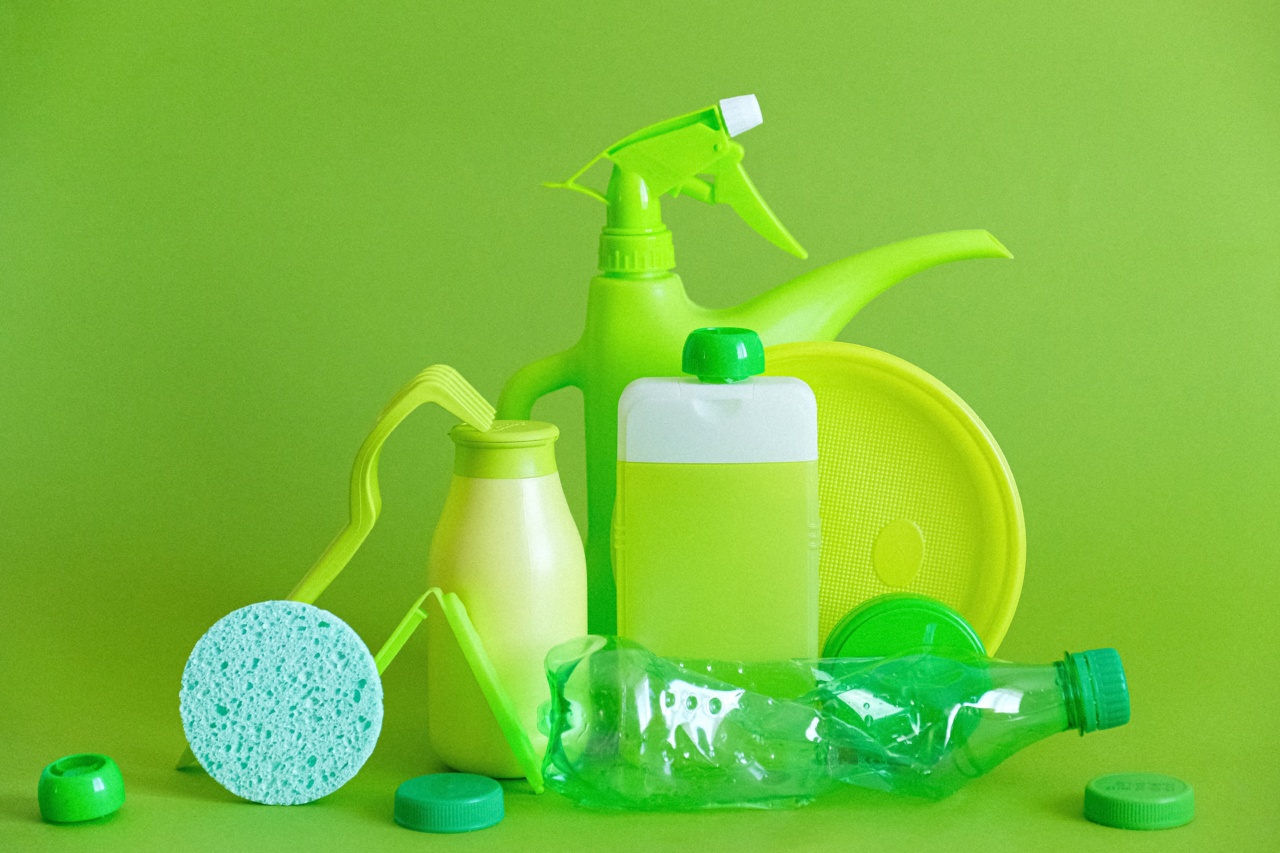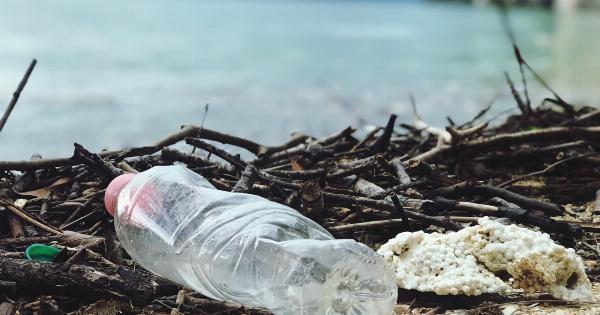Microplastics are tiny particles of plastic, typically measuring less than 5 millimeters in length, that have become a pervasive environmental pollutant.
These minuscule fragments are formed through the breakdown of larger plastic items, such as bottles and bags, as well as the shedding of microfibers from synthetic textiles. While the visible impact of plastic pollution on our planet is undeniable, there is another danger lurking within these inconspicuous particles – their potential to harm human health.
The Sources of Microplastics
Microplastics are derived from a variety of sources – both direct and indirect. Direct sources include microbeads found in personal care products like face scrubs and toothpaste, as well as pre-production pellets known as nurdles.
Indirect sources of microplastics include the breakdown of larger plastic items due to weathering and mechanical forces, as well as the release of microfibers from synthetic clothing during washing.
These microplastics then find their way into the ecosystem, polluting our water bodies and terrestrial environments. They can be found in rivers, oceans, and even in the air we breathe.
The magnitude of microplastic contamination has reached alarming levels, endangering not only aquatic ecosystems but also human beings who inadvertently consume these particles.
Invisible Threats to Human Health
The consequences of microplastic consumption on human health are still not fully understood. However, emerging evidence suggests that these tiny particles can pose several risks to our well-being.
1. Contamination of Food and Beverages
Microplastics have been found in various food and drink products, such as seafood, salt, honey, and even bottled water.
It is believed that these particles enter the food chain through the ingestion of microplastic-contaminated water by aquatic organisms. As humans consume these contaminated food items, they unknowingly introduce microplastics into their own bodies, potentially causing harm.
2. Accumulation in the Digestive System
Studies on animals have shown that microplastics can accumulate in the digestive system, causing physical harm and impairing normal bodily functions.
Ingested microplastics have been found to cause inflammation, oxidative stress, and even changes in gene expression. These effects can disrupt the delicate balance of the gut microbiome and contribute to the development of gastrointestinal disorders.
3. Chemical Contamination
Microplastics have the ability to attract and concentrate harmful chemicals from their surroundings, such as pesticides, heavy metals, and persistent organic pollutants.
These chemicals can then leach into the surrounding tissues and potentially enter the bloodstream when microplastics are consumed. Once in the body, these toxic chemicals can cause a wide range of adverse health effects, including endocrine disruption, neurological disorders, and even certain types of cancer.
4. Impact on Reproductive Health
There is growing concern that microplastic exposure could have a negative impact on reproductive health.
Animal studies have shown that microplastics can accumulate in reproductive organs, such as the ovaries and testes, leading to decreased fertility and altered reproductive success. Furthermore, the transfer of microplastics from mother to offspring has been observed in certain species, raising concerns about the potential for transgenerational effects.
5. Respiratory Issues
Microplastics not only contaminate our food and water but can also be inhaled through the air we breathe.
Recent research has revealed the presence of microplastics in air samples from urban areas, indicating that these particles have the potential to enter our respiratory system. Once inhaled, microplastics can cause inflammation in the lungs, exacerbating respiratory conditions such as asthma and potentially increasing the risk of other pulmonary diseases.
Minimizing Exposure and Mitigating Risks
Given the mounting evidence of the potential harm caused by microplastic consumption, it is essential to take steps to minimize exposure and mitigate risks. Here are a few strategies that can help:.
1. Reduce Plastic Usage
By reducing our overall consumption of plastic, we can help reduce the amount of plastic waste entering the environment and, consequently, the generation of microplastics.
Opt for reusable alternatives, such as cloth bags, glass containers, and stainless steel water bottles.
2. Avoid Products with Microbeads
Read labels carefully and avoid purchasing personal care products that contain microbeads. Instead, opt for natural exfoliants like sugar or salt scrubs.
3. Choose Natural Fibers
When purchasing clothing and textiles, choose natural fibers like cotton, linen, or wool. These materials shed fewer microfibers compared to synthetic fabrics like polyester or nylon.
4. Proper Waste Management
Practice proper waste management by recycling plastic items and disposing of them correctly. This helps reduce the likelihood of plastic products ending up as litter or entering water bodies.
5. Raise Awareness
Educate yourself and others about the dangers of microplastics.
Spread awareness about the need to reduce plastic consumption, advocate for stricter regulations on plastic production and disposal, and support research efforts aimed at understanding and mitigating the impacts of microplastic pollution.
Conclusion
Microplastic consumption poses an unseen danger to human health, with the potential to cause various adverse effects. As our planet grapples with the plastic pollution crisis, it is crucial to acknowledge the hidden risks associated with microplastics.
By taking proactive steps to reduce plastic usage and increase awareness about the issue, we can collectively work towards a healthier and more sustainable future.






























